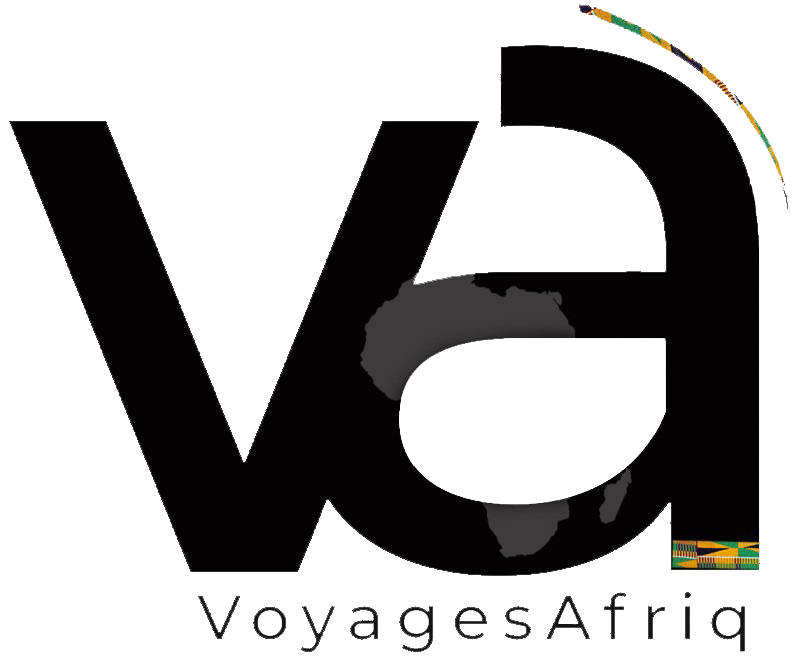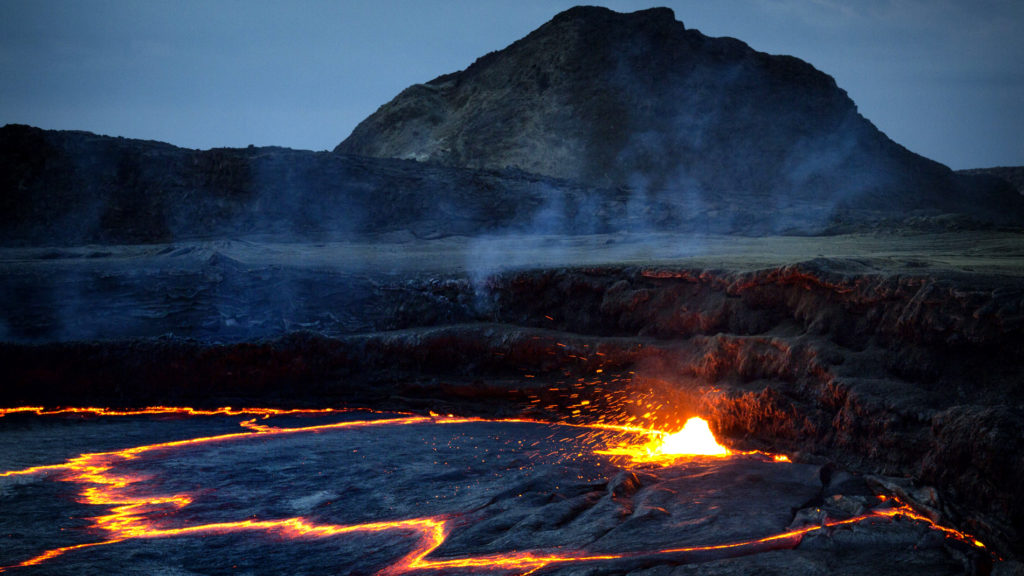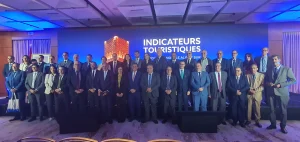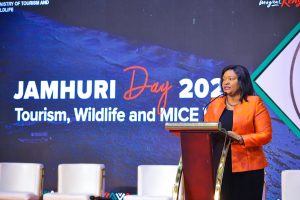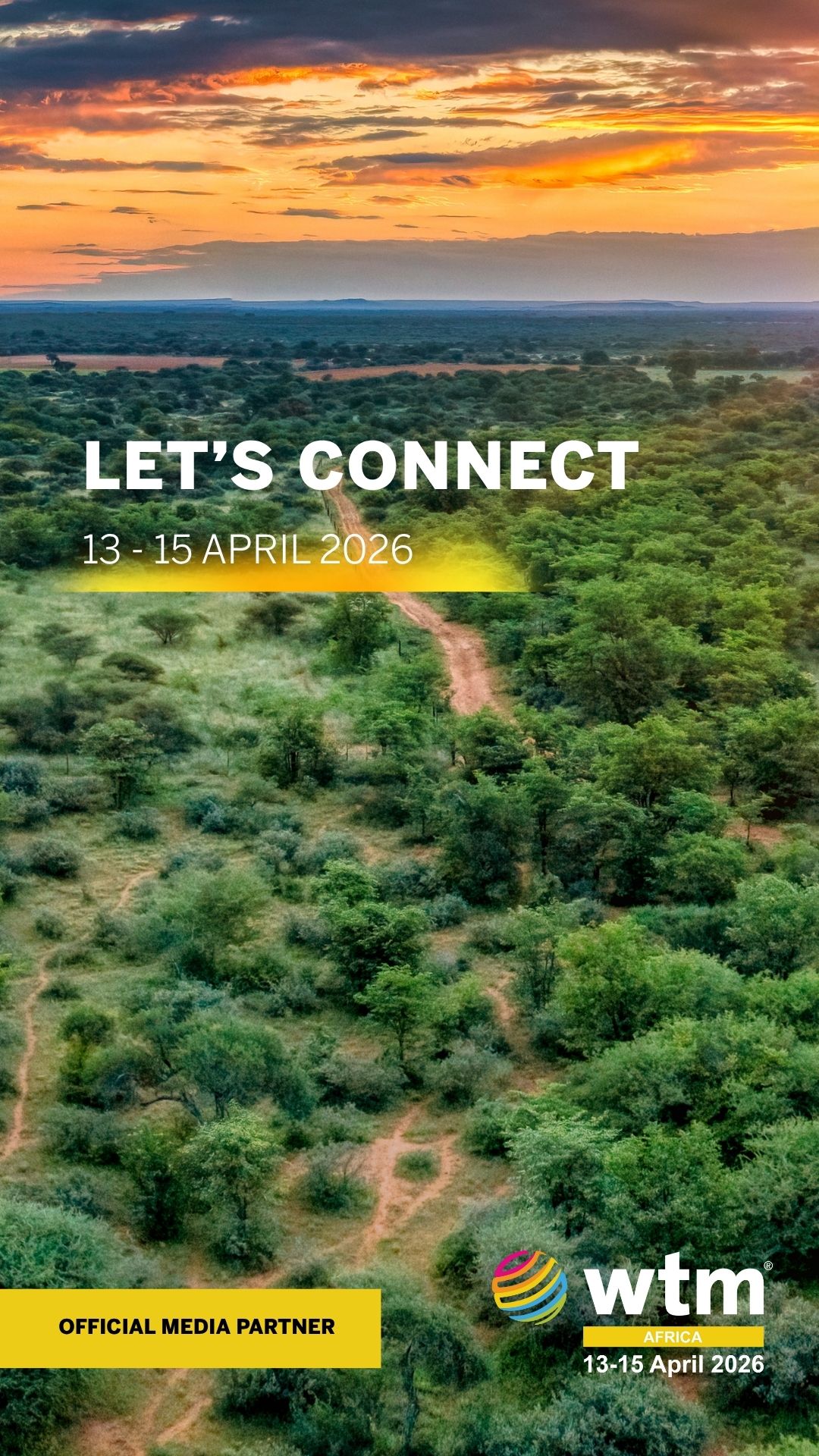Barely at two and a half hours drive west of Addis Ababa is the magnificent Wonchi crater lake with untapped potential for tourism
Addis Ababa, December 12/2018 – “13 Months of Sunshine.” This was the inspiring slogan that defined Ethiopia for the past 50 years. In 2016, a new tagline – “Land of Origins” – was introduced by the Ethiopian Tourism Organization (ETO), recently re-flagged as Tourism Ethiopia, to revitalize the nation’s struggling tourism industry.
Yes, rebranding was needed. But why didn’t the organization follow through with concrete actions and deliverables to make Ethiopia an unmissable destination?
Ethiopia welcomed over 933,000 travelers in 2017, a slight increase on the 870,000 recorded in 2016. Data from the Ministry of Culture and Tourism shows that in 2017, 46pc of them visited for leisure and 35pc were transit passengers.
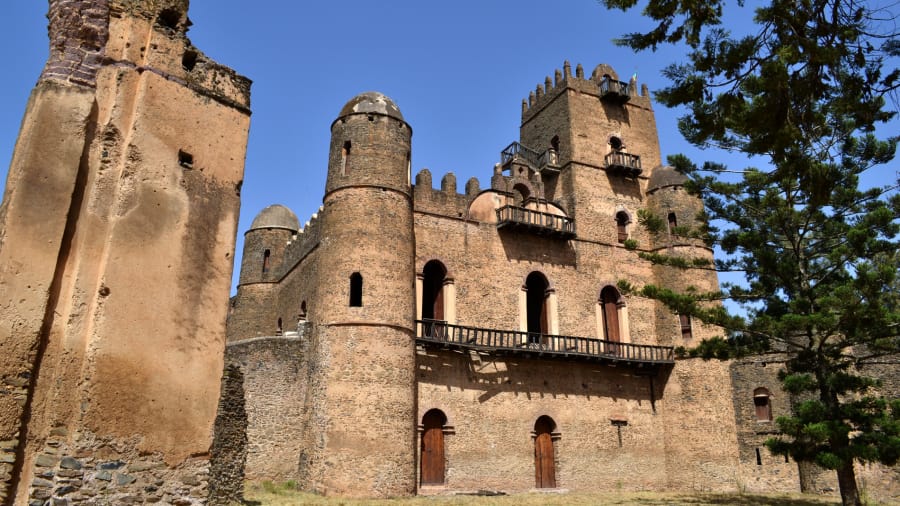
What is alarming is that these transit passengers, around 325,800 of them, were traveling with Ethiopian Airlines. As a result, they had a minuscule impact on the local economy as they were isolated in Addis Abeba before their connecting flights. They had little to no time to explore the capital city or any other site before jetting off.
These transit passengers continue to be included in tourism statistics despite not truly experiencing the country. They are not genuine tourists. In hindsight, Ethiopia is not the destination they intended to visit.
On a positive note, there has been a visible increase in the number of tourists in Addis Abeba after PM Abiy Ahmed’s rapid reforms following years of unrest throughout the country. But these increments are not sufficient to fuel Ethiopia’s ambition to become a powerhouse tourist destination in Africa.
Ethiopia deserves to be higher on the list of key African markets due to its nine UNESCO World Heritage sites. Addis Abeba is the diplomatic capital of Africa and Bole International Airport recently overtook Dubai as the major transit hub to Africa, thanks to Ethiopian Airlines – the continent’s leading airliner.
Unfortunately, Ethiopia is still a relatively unknown tourist destination to the traveling public and it needs to create a sense of place on travelers’ minds. Travelers and travel agents encounter a growing number of messages from established and emerging destinations all competing for limited mind space and scarce vacation time.

Kenya has made great strides to improve its tourism market after recent political riots and security concerns in 2017. The Kenyan Ministry of Tourism has ideally showcased that the country is ready for investment. Its supporting organization – the Tourism Finance Corporation – is available to finance new projects, as well as, provide business advisory services to investors to prevent them from having difficulties entering the market.
In terms of attracting travelers, they have been able to host international events and media personalities, such as, Richard Quest from CNN, to expand the nation’s profile to the world. It is also important to add that Kenya has prioritized the maintaining of its conservation and wildlife programs to ensure the safeguarding of its crown jewels – the Big Five.
Kenya developed its own clear strategy, a national blueprint, focusing on marketing, investment, product development, and infrastructure. The government is doing its part to attract investment into the tourism sector.
For Ethiopia, there are many challenges that need to be addressed. Some of them include the lack of effective marketing, limited access to financing, and the inadequate development and implementation of strategies.
Some stakeholders have gone as far as criticizing the failures and limitations of Tourism Ethiopia (formerly ETO) for its inability to create any significant change.
Plagued by operational inefficiencies, lackluster bureaucracy, internal conflicts, and non-existent leadership, the organization has struggled to make progress on its goal of making Ethiopia a premier destination in Africa, despite having many of the tools within its arsenal.
It seems as if the organization has been unable to identify key sectors that can bring life back into the slumbering industry. Couple this with the constant changes of its hierarchy, it is clear that something is going wrong.
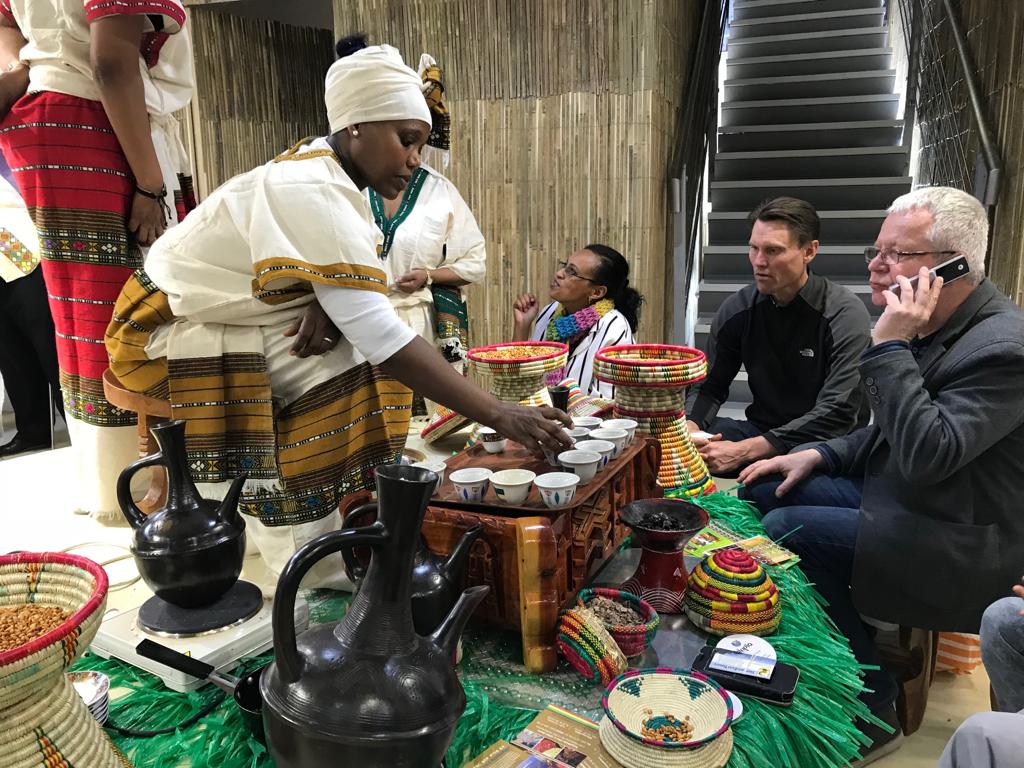
In 2016, ETO released a marketing strategy that was meant to act as a blueprint for the development of the national tourism industry. One section prioritized the development of the meetings industry (MICE) and observe the potential of transit tourism. To date little has come to fruition, besides the easing of visa restrictions for travelers and introduction of several ET-Holiday packages.
In regards to MICE, the sector continues to be led by stakeholders in the private industry. To exacerbate this, the idea of creating a much-needed convention bureau for Ethiopia was completely overlooked by ETO during a meeting organized by the Addis Ababa Hotel Owners Association in September 2018. This event was attended by key local stakeholders, such as, Ethiopian Airlines and the Ethiopian Events & Exhibition Organizers Association.
Another noteworthy concern is the limited access to finance. Ethiopia has the potential to support a growing tourism sector, but if the capital is not available to invest in improving both tangible and intangible assets, little progress will be made. For example, a tangible asset would be the development of tourist centers and facilities at popular sites. Intangible assets would be the effective marketing mediums and promotions to connect with travelers.
Ethiopia’s government has long supported the development of hospitality assets going as far as providing tax incentives and duty-free privileges for new hotels. However, given the unappealing financing market, it has been difficult for most of these properties to open their doors. Some of the challenges facing developers are expensive borrowing rates and access to hard currency.
Furthermore, there isn’t a concrete budget for developing and preserving tourist sites throughout the country. The federal government and regional states seem to rely on international financing instead of using their own budgets for these projects. For example, the government does not have the adequate funds for the restoration of the Lalibela churches. This unfortunately applies to the national parks, museums, and heritage sites.

A solution could be the implementation of a tourism tax, such as, the Tourism Dirham in Dubai or tourism taxes that are present in many European nations. These taxes can be used to fund the continuous development and improvement of its tourism markets. Thus, relieving the country of the stigma of relying on foreign money to help its own industry.
A short-term solution to improving tourism would be to target domestic tourists and the diaspora. With targeted marketing efforts and promotions, unique destinations in Bale, Simien, Omo, and Danakil can be experienced by locals. Without properly incentivizing people on what is available, it will be impossible to show them what they are missing. Domestic tourism can be developed as a complement to the international one and offer a well-rounded tourism economy.
But before delving deeper what needs to be addressed is “Why do tourists travel to Ethiopia?” Is it for the culture, historical sites, cuisine, or adventure? And what are the primary sectors that need immediate attention?
These answers can be the basis of rebuilding the Ethiopian brand and appealing to the right travelers.
Author:David Desta is a Cornell University graduate from the School of Hotel Administration who has been working in Ethiopia for the past several years.
The Author tweets @@David Desta
The Article was first published in the Addis Standard Portal
